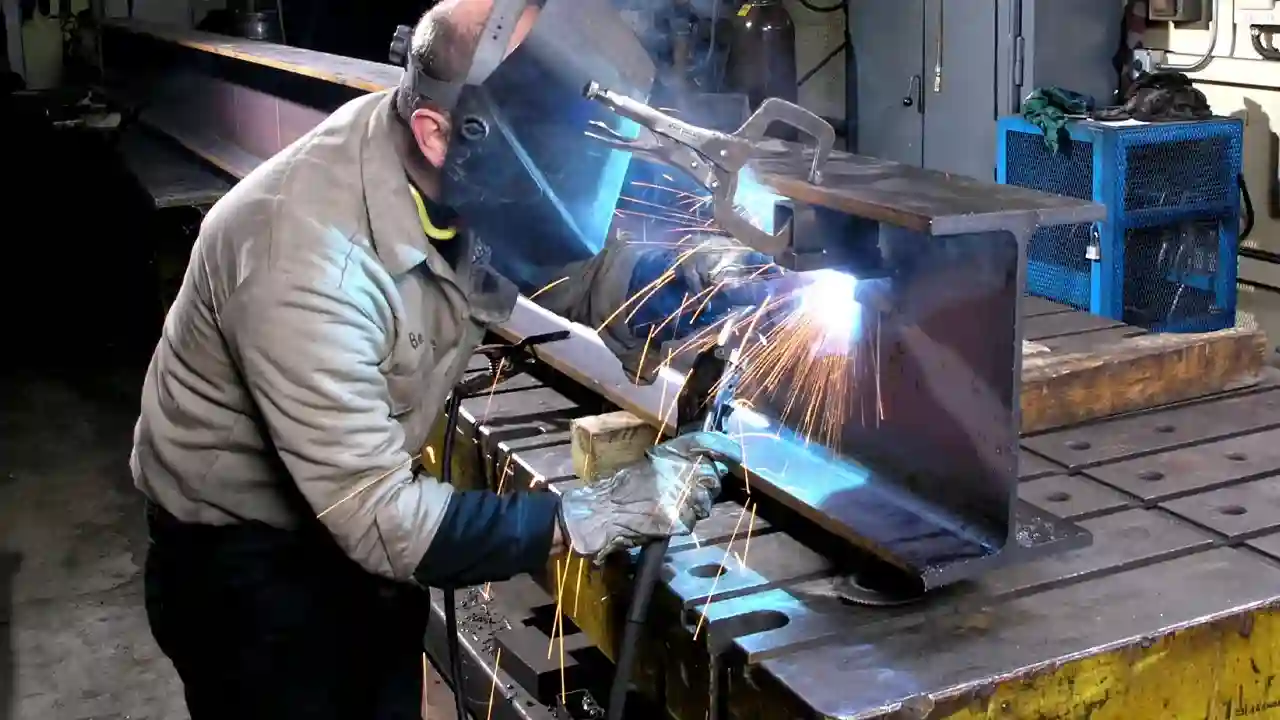12 Jun 2024

Steel is one of the most versatile and durable construction materials, playing a vital role in infrastructure projects. However, producing and fabricating steel comes with a major environmental cost. Steel manufacturing is an extremely energy-intensive process that generates huge amounts of greenhouse gas emissions from burning fossil fuels. The fabrication of steel products also results in significant waste, as portions of steel plates and beams are cut away. Unless sustainable practices are adopted, the UAE's steel industry could leave a massive environmental footprint in terms of pollution, resource depletion, and contributing to climate change. To build a truly sustainable future, it is crucial that steel fabricators take proactive measures to minimize their energy use, emissions, water consumption, and waste generation throughout their operations. In this blog we are going to discuss different sustainable practices being followed in the steel fabrication industry. Steel is one of the most recyclable materials on Earth. Leading steel fabricators are using more recycled steel in their operations. Recycling steel saves energy and reduces greenhouse gas emissions compared to making new steel from raw materials. It also helps reduce waste going to landfills. Recycled steel is just as strong and durable as new steel. Steel fabricators use software to plan the most efficient way to cut steel plates and beams. This minimizes waste from off-cuts and unused material. Less waste means less energy and resources are wasted in the production process. Advanced software analyzes designs to find the optimal cutting patterns with the least amount of wasted steel. Steel fabrication requires a lot of energy for processes like melting, casting, and welding. Energy-efficient equipment and machinery can significantly reduce the amount of energy needed. This lowers greenhouse gas emissions from burning fossil fuels. Fabricators are investing in modern, high-efficiency furnaces, welding equipment, and other energy-saving technologies. Fabricators are looking to renewable sources like solar and wind power to meet some of their energy needs. This reduces their reliance on fossil fuels and cuts greenhouse gas emissions. Solar panels can be installed on factory rooftops, while wind turbines can be placed nearby to generate clean electricity for steel production. Lean manufacturing aims to eliminate all types of waste and inefficiency in the production process. For steel fabricators, this means optimizing workflows, reducing inventory, and minimizing defects and rework. Lean practices lead to less wasted energy, materials, and labor, improving sustainability while also boosting productivity and profitability. Fabricators are optimizing transportation routes and using fuel-efficient trucks and rail to reduce emissions from shipping steel products. Some are also exploring waterway transportation, which has a lower carbon footprint than road transport. Locating facilities near major transportation hubs also minimizes unnecessary journeys. Many leading steel fabricators have implemented formal environmental management systems (EMS) that follow international standards like ISO 14001. An EMS provides a structured approach to identifying environmental impacts, setting goals, implementing action plans, monitoring progress, and continuously improving environmental performance over time. Sustainable steel fabrication practices help reduce the industry's environmental footprint by minimizing greenhouse gas emissions, conserving natural resources, and preventing pollution. This contributes to a cleaner and healthier planet for future generations. Implementing sustainable practices, such as energy-efficient processes, waste reduction strategies, and material recycling, can lead to significant cost savings for steel fabricators. These savings can improve profitability and competitiveness in the market. Consumers and stakeholders are increasingly conscious of environmental issues. Adopting sustainable practices can enhance a steel fabricator's brand image as an environmentally responsible company, attracting eco-conscious customers and investors. Sustainable steel fabrication promotes the efficient use of resources, such as energy, water, and raw materials. This reduces waste and dependency on finite resources, ensuring long-term sustainability and cost-effectiveness for the industry. The UAE's steel fabrication industry plays a pivotal role in the nation's rapid development, but traditional methods can harm the environment. Leading steel fabrication companies in UAE, are adopting greener practices like recycling steel, using energy-efficient equipment, implementing water treatment systems, optimizing manufacturing processes, and shifting towards renewable energy sources. While these sustainable methods require initial investment, they reduce environmental impact, improve efficiency, and lower costs over time for steel fabrication services in the UAE. By embracing recycling, renewable power, lean manufacturing principles, and environmental management, the UAE's companies can minimize their ecological footprint while meeting the country's growing infrastructure needs. Through collaboration and knowledge sharing, sustainable steel fabrication in UAE will become the norm, making this industry more environmentally friendly.Sustainable Practices in the Steel Fabrication Industry
Recycling and using recycled steel:
Optimizing cutting patterns:
Implementing energy-efficient equipment:
Harnessing renewable energy sources:
Lean manufacturing principles:
Green transportation and logistics:
Environmental management systems:
Benefits of Sustainable Steel Fabrication
Environmental Protection:
Cost Savings:
Improved Brand Image:
Resource Efficiency:
Conclusion